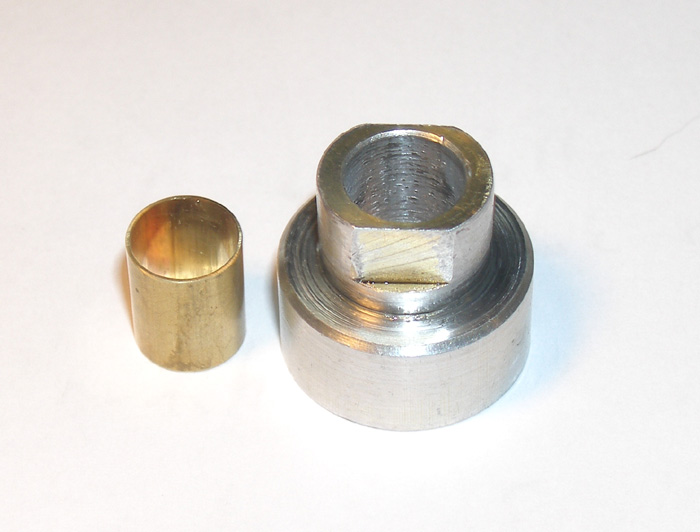motorson
VIP MEMBER
- Joined
- Nov 29, 2011
- Messages
- 518
These are of course, the best I've seen of the roadholder!Some years ago I made these cross sectional sketches of the fork.
Fully compressed on the left, fully extended in the middle, fully extended with damper cap removed on the right.


I have not tried to do anything to the compression damping on my forks but I did do some work on the rebound. I made sure that the rod fit snugly in the damper cap. Then I expanded the damper piston (pictured nicely in the left hand drawing attached to the damper rod.) by pounding the correct socket into it. I then finished off the fit by spinning it up against my grinder. Since the damper tubes were worn differently I did not achieve an exactly equal fit of the piston in the left and right fork. I adjusted the rebound damping by adjusting the viscosity of the oil in the two sides. In the tighter of the two sides I put straight Ford type ATF. In the other side I mixed in a bit of non detergent 30w oil. To my satisfaction they both have the same amount of resistance to being pulled upward. The bike rides great and the topping out clunk is non existent.




